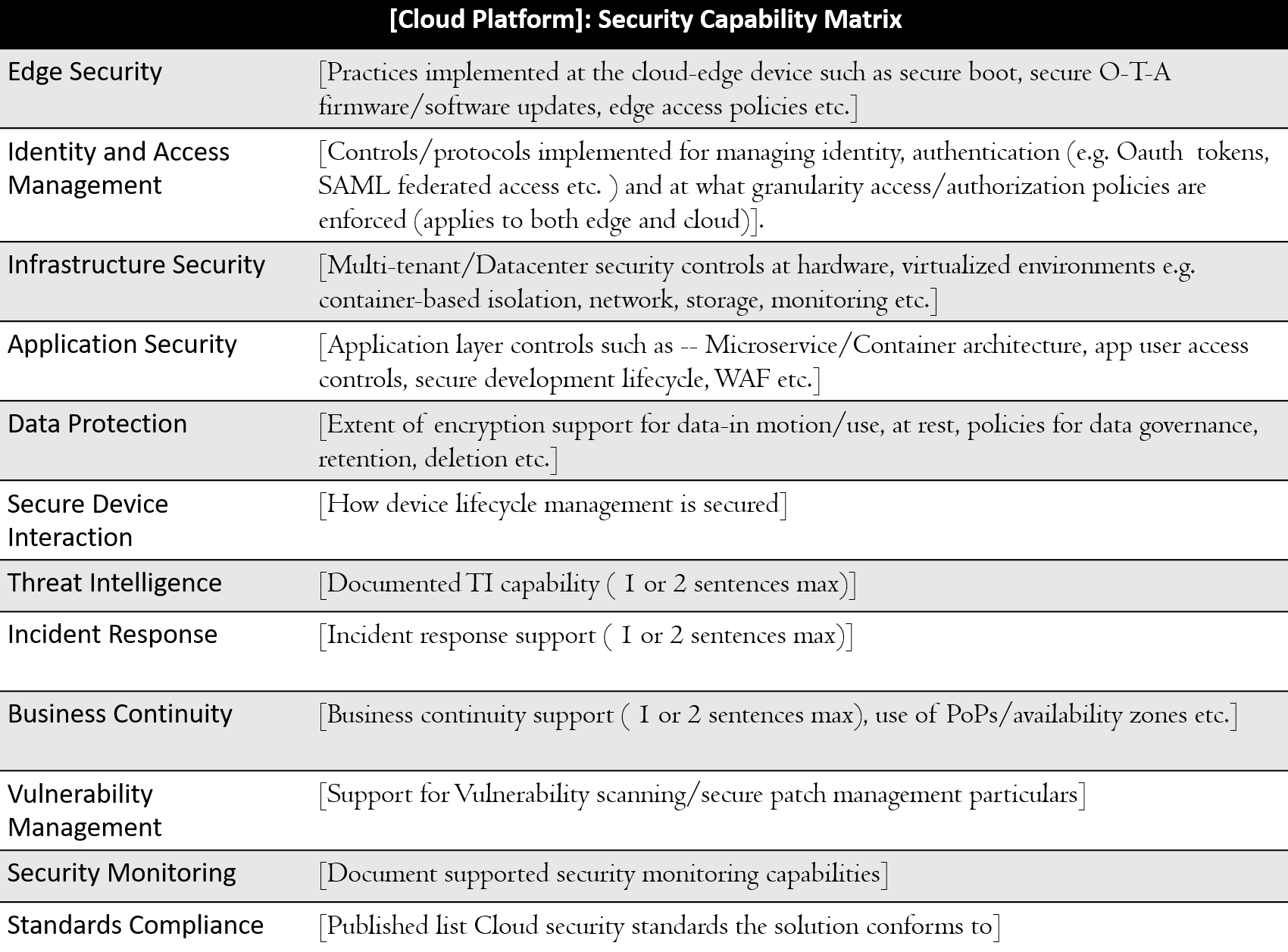"An IoT attack is not a matter of IF, but a matter of WHEN the attack happens and how prepared are we to weather off that attack" – Arjmand Samuel, Security Lead, Microsoft Azure IoT
The cloud is a key enabler in the evolution of M2M technologies to the Industrial Internet. During the early years of cloud adoption, enterprises were slow to migrate organizational data to multi-tenant cloud platforms, mainly due to data privacy concerns. However, over the last decade, the cost-effective elasticity of cloud platforms have far outwitted privacy fears; and today cloud services are one of the fastest growing IT sectors (GART-CL).
In the case of the Industrial Internet however, the fears extend well beyond data privacy.
On the one hand, the cloud is a key component in typical IIoT architectures. It provides an aggregated view of the entire IIoT deployment, provisions and manages the operational health...




